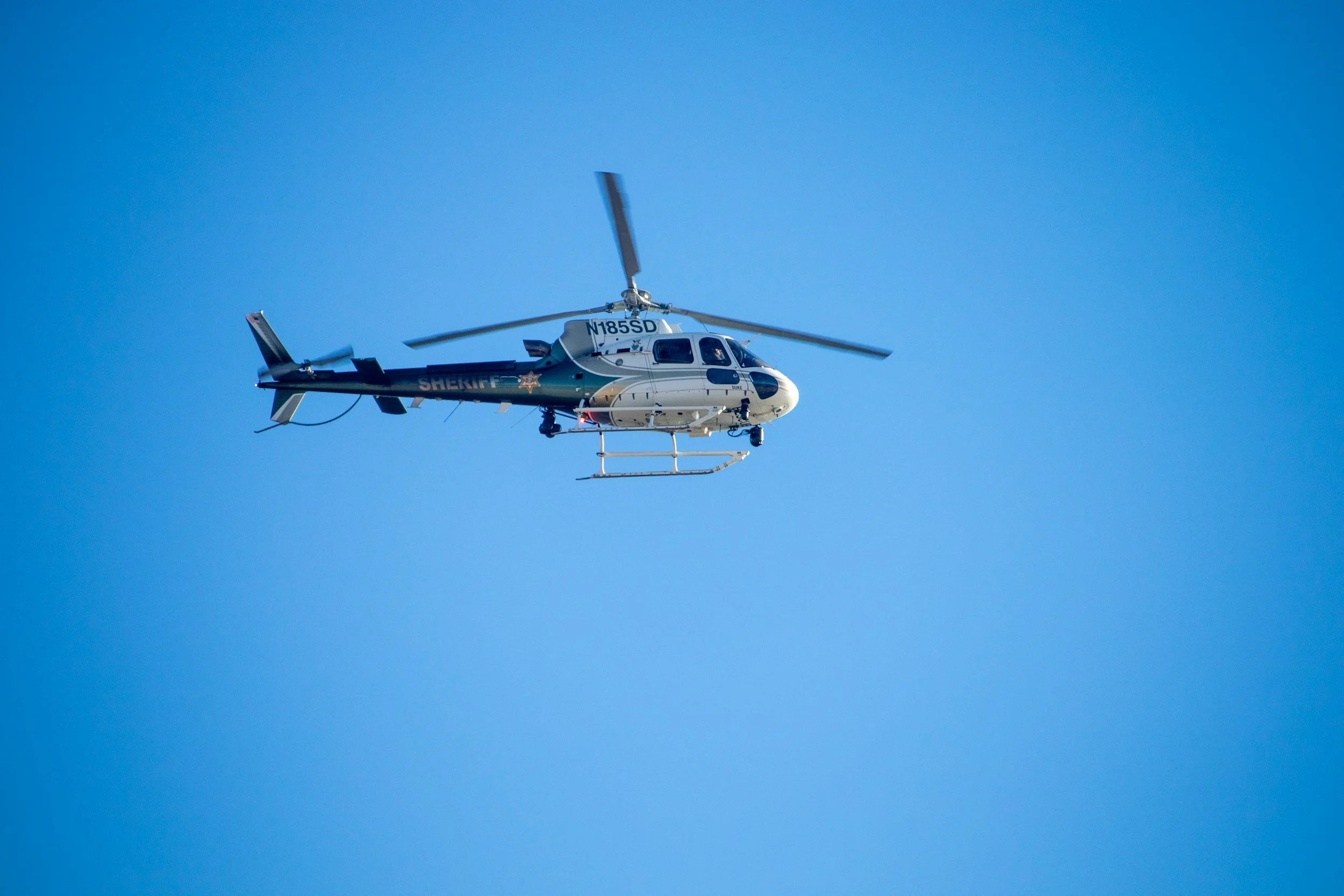
FAA CFR14
Part 107/91
Training & Regualations
Public safety professionals seeking to operate drones for public service missions need to obtain an FAA Part 107 Remote Pilot Certificate. This certification demonstrates that they understand the regulations, operating requirements, and procedures for safely flying drones in Public Airspace. Training for this certification typically involves online courses, study materials, and passing the FAA's Part 107 exam.
Here's a breakdown of what public safety personnel need to know about Part 107 training:
1. The Need for Part 107:
To operate drones for public safety missions, including search and rescue, law enforcement, and emergency response, personnel need to be FAA-certified.
Part 107 certification allows for the operation of unmanned aircraft systems (sUAS) for various purposes, including public service.
2. Training and Certification Process:
Part 107 Exam:
The core requirement is passing the FAA's Part 107 exam, an aeronautical knowledge test.
Course:
Public Safety Professionals need a course with a focus on drone operations for life-saving missions, training on regulations, airspace, weather, and drone operations to pass the PART 107 exam.
Study Materials:
Adequate study time and materials are crucial for success, including access to relevant FAA publications and resources.
Hands-on Experience:
Practical experience with drones is also essential, alongside theoretical knowledge.
Testing Centers:
The Part 107 exam must be taken in-person at an FAA-authorized testing center.
Recurrent Training:
After certification, pilots need to complete recurrent training every 24 months to stay current with regulations.
What We Offer
Specialized Training:
Public safety agencies may need specialized training tailored to their specific operational needs and environments. Our In-Depth Part 107 course is specifically designed for public safety professionals, with a focus on drone operations for life-saving missions, training on regulations, airspace, weather, and drone operations preparing your pilots for the PART 107 exam
Program Development:
Training should cover not just individual certification but also how to build and manage a public safety UAS program within the agency.
Operational Procedures:
Public safety personnel need to understand how to integrate drones into existing workflows and emergency response protocols. SOP/SOG are critical to ensure safety in every mission.
Hands-on Experience:
Our 3 day course involves hands on training with sUAS systems, Ground Control Stations, Flight Patterns and Lost Link Emergency Procedures.
Regulations and Waivers:
Understanding airspace authorizations, waivers, and other regulatory requirements is critical. Assistance with Part 91 COA BVLOS (Beyond Visual Line of Sight) - OOP (Operation Over People) Waivers.
Continuing Education:
Public safety personnel should stay updated on the latest regulations, technologies, and best practices related to drone operations.
By completing the necessary training and certification, public safety professionals can leverage the power of drones to enhance their operations and better serve their communities.

